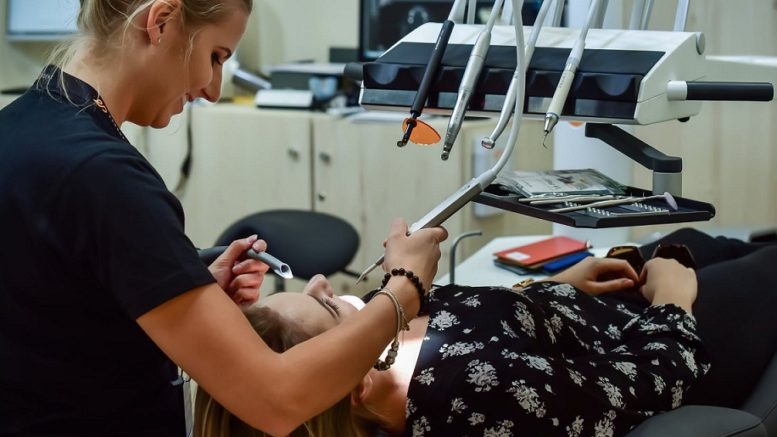You may have heard or read about orthodontics online and in commercials. However, do you know enough about this branch of dentistry?
To put it simply, orthodontics cater to patients needing treatment for malocclusions or bad bites. Professionals in this discipline may use methods such as installing spacers, dental braces, and retainers to improve the upper and lower jaw’s alignment. Moreover, it is also of great utility to sport a million-dollar smile. Today, we will talk about orthodontics in a simplified fashion so that you understand the meaning, scope, and benefits of this medical specialty.
What is Meant by Orthodontics?
Orthodontics refers to the dental specialization of treating irregularities or deformities in the lower and upper jaw. Orthodontists make sure that their patient’s jaws and teeth are free from problems such as misalignment, crooked teeth, and others that affect their facial structure, and other day-to-day functions. Some of the dental irregularities dealt with in orthodontics are:
- Overbite
- Crossbite
- Underbite
- Overjet
- Gaps
- Transposition
- Overcrowding
Who is an Orthodontist?
Orthodontists are also doctors that overlook the dental health of patients. What distinguishes them from general dentists is their extra specialization apart from being qualified to diagnose and treat the gums, tongue, and mouth. Visiting an orthodontist will also make sure that a patient’s jaw and teeth are free from problems such as misalignment or crooked teeth that affect their facial structure and oral hygiene.
What Are the Benefits of Orthodontics?
There are many benefits of orthodontics but the extent of them depends from patient to patient. Some of the benefits of orthodontics are mentioned below:
- Improvement in self-esteem and confidence levels.
- Improvement in the patient’s overall dental health.
- Provides relief from problems such as protruding jaw, misaligned bite, speech impairment, and temporomandibular joint (TMJ) disorder.
- Guides the growth of permanent teeth as they erupt.
- Assists patients of every age group.
- Treats facial deformities due to improper jaw alignment, overcrowding, and crooked teeth.
What Makes Orthodontics Important?
When a person’s teeth and jaws align perfectly, they are less susceptible to suffering from dental problems in the long run. Orthodontics can be considered as a prophylactic treatment to avoid bigger problems that impact the dental health or appearance of the patient. Those receiving orthodontic treatments have fewer instances of dental decay, plaque accumulation, and temporomandibular joint (TMJ) disorder among other painful dysfunctions. Additionally, having a healthy and beautiful smile is made possible for such patients by receiving timely orthodontic care.
Who Does Orthodontics Help?
Many think that orthodontic care is suitable for only teenagers because of the stereotyped standard of them wearing braces or getting a realignment. Adolescents indeed make a substantial client base of orthodontic treatments. However, it is also common to see adults seeking correction in the later stages of life. Many adults are prescribed to wear Invisalign, clear aligners, or cosmetic braces. This happens especially if they didn’t get braces in their youth or didn’t complete their treatment.
It can also be noted that young children may substantially benefit from orthodontic appointments to detect jaw and tooth alignment issues that hinder proper biting or speech. An orthodontist can help improve dental and jaw development in growing children to avoid painful treatments when they grow up.
Conclusion:
Orthodontics is an industry that is growing very quickly and is integral for dentistry. With the improving technologies, patients can access a broad range of affordable treatments for dental problems today. Apart from treating underlying problems that affect a person’s bite, realignment can give them a beautiful smile and improved dental health.
